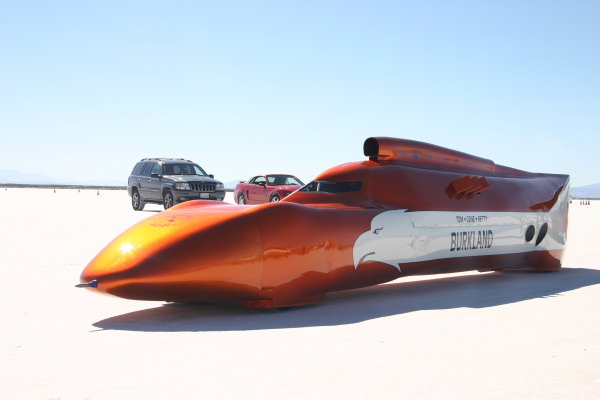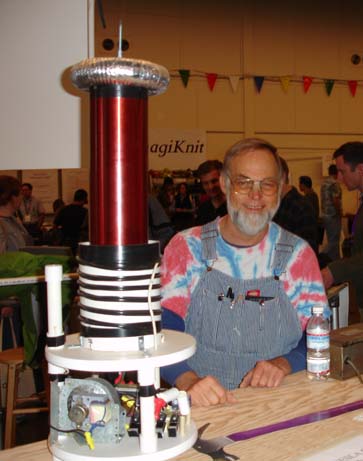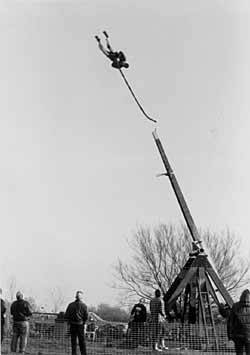
I've been spending a great deal of time lately trying to build a model engine for an upcoming magazine article. To do so, I've had to re-read some old, old college textbooks.
The great thing about mechanical engineering as opposed to say, electrical engineering, is that so a lot of what you learned in college goes stays relevant. For example, I had need to pull out my 30 year old thermodynamics text book and the stuff in it is still, while not cutting edge, correct and useful.
Stirling engines are "external combustion" engines and unlike internal combustion engines, run on something called a Stirling cycle instead of an Otto cycle (The differences in combustion cycles are typically explained by mapping out the system's pressure and volume versus time. It's complicated.)

Anyway, Stirlings are actually more efficient and emit much less pollution, and here's the big thing-- they run on anything that produces heat; from gasoline to hydrogen to cow dung to ethanol .
The picture above is of a solar powered Stirling developed at Scandia National Labs.There was some interest in automotive Stirlings back in the 70's when Ford and GM outfitted some midsize cars with them, but they never went anywhere.
Now, I'm thinking that with hybrid technology, automakers could marry an electric motor to a Stirling, something like the way a Prius works. With a Stirling engine, we'd have a machine that doesn't pollute and is not dependant on foreign oil. That's all good.
Friends and readers, I'm trying to come up with a model Stirling engine that I can build in the basement without the need for a lathe and milling machine. I've tried a couple models so far, but I haven't been able to make it work well at all. One was a small engine made from a soup can, balsa wood, and balloon (a "beta" type stirling that uses a displacer piston) ; and the other was more elaborate with two pistons and a regenerator (an alpha type.)
http://www.bekkoame.ne.jp/~khirata/
http://physeeks.dyndns.org:8000/Stirling/1990-01-body.html
If any reader is familiar with no-machining Stirlings, I'd appreciate hearing from you!






























